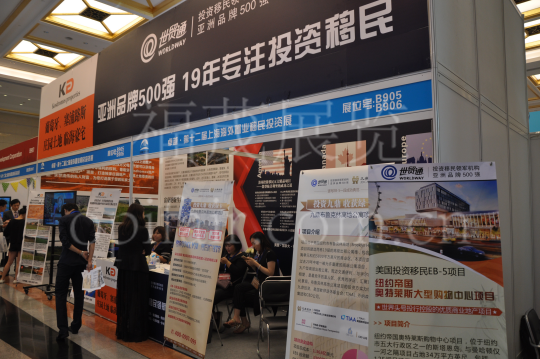In the globalized education landscape, immigrant children demonstrate significant competitiveness in international school admissions and university applications due to their immigration status.
I. Strategic Advantages of International School Educational Resources
Immigration children have priority access to international school admissions. These schools typically employ international curricula such as IB and A-Level, with curriculum systems directly aligned with prestigious overseas universities. The bilingual environment of international schools effectively enhances language proficiency while cultivating cross-cultural communication skills. More importantly, graduates of international schools hold internationally recognized diplomas, which can exempt them from language proficiency requirements when applying to overseas universities, creating a natural competitive advantage. Furthermore, the faculty, teaching facilities, and extracurricular activities of international schools are aligned with international standards, supporting immigrant children in building a global perspective and innovative abilities.
II. Quantitative Advantages and Policy Benefits in University Admissions
At the university admissions level, immigrant children gain dual advantages through their immigration status. Taking major immigration countries as an example, children of Canadian citizens and permanent residents enjoy local student tuition rates when applying to local universities, which are only 1/3 to 1/2 of those for international students, and their admission rate is as high as 80% or more. US green card holders can circumvent international student quota restrictions in undergraduate applications, increasing their chances of admission by 3-5 times. European Golden Visa programs are directly linked to children’s educational benefits; for example, children of Portuguese immigrants can apply to EU universities based on their immigration status, enjoying exclusive EU student scholarships and lower entry requirements.
III. The Long-Term Value of Educational Path Planning Immigration status provides a strategic buffer for children’s education. In the K-12 stage, immigrant children can accumulate credits through international schools, adapting to overseas education systems in advance. In higher education, this immigration advantage translates into a core competitive advantage for scholarship applications and internship opportunities. More importantly, the “educational added value” of immigration policies continues to generate dividends. For example, the Greek real estate investment immigration program directly links to international school places, and Singapore family office plans are equipped with top-tier educational resources, forming a closed-loop ecosystem of “immigration-education-career development.”
Conclusion: The Sustainable Value of Educational Advantages The essence of the educational advantages of immigrant children lies in the systemic dividends brought about by immigration status. This advantage is not only reflected in short-term increased admission rates but also in the comprehensive cultivation of long-term career development and cultural adaptability. As global competition in education intensifies, the deep integration of immigration policies and educational resources will become a core consideration in the strategic planning of high-net-worth families. By scientifically planning immigration pathways, children can maximize the advantages of international school and university admission rates, achieving long-term returns on their educational investments.







